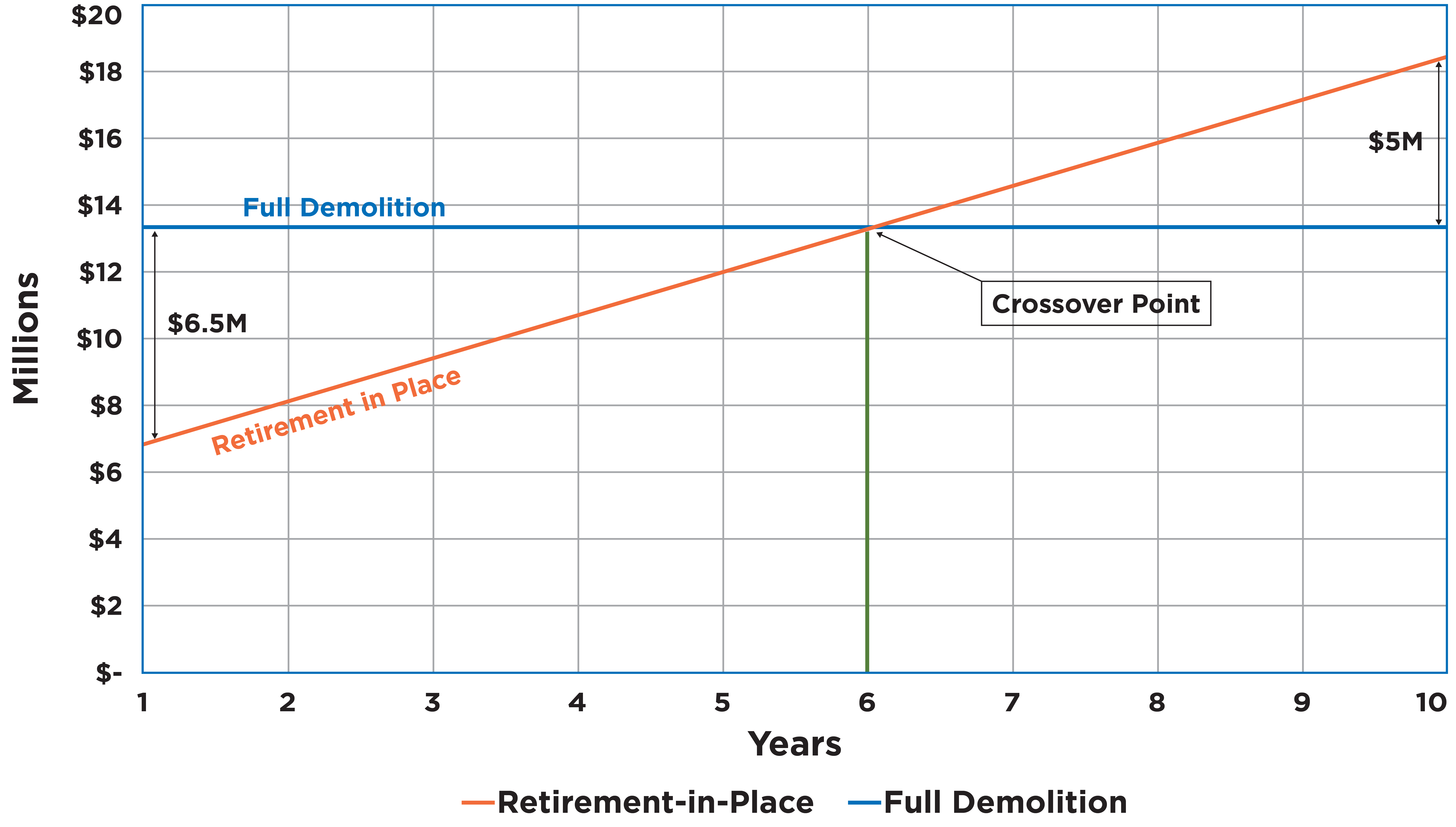Prequalify Contractors
Prior to determining which contractors receive requests for proposals (RFPs), it is imperative to prequalify potential bidders to identify contractors qualified to conduct the work. Prequalified contractors include those that have experience with projects of similar size and scope, as well as a good safety record for the three previous years as demonstrated by their experience modification rate (EMR), total recordable incident rate (TRIR) and days away, and restricted or transferred ratings (DART). The experience of the contractor staff assigned to the project also matters, as does the availability of the experienced project teams and equipment.
Identify Key Contractor Personnel
Owners should include a full-time, on-site safety manager and superintendent among the key personnel required by the RFP. Any safety manager candidate should be a Certified Safety Professional (CSP) or Associate Safety Professional (ASP) with a minimum of five years of experience on similar projects and no other responsibilities at the site. Likewise, the superintendent’s sole focus should be on directing and conducting the work safely and effectively. Candidates should have experience with similar projects and be able to oversee both abatement and demolition activities.
Develop a Preliminary Execution Plan
Bids are most meaningful and helpful when they arrive with preliminary execution plans that include a proposed methodology and the types of equipment to be used for activities such as abatement and demolition. These plans should describe the sequence of activities to be performed for abatement and demolition, as well as identify any zones that will be excluded from demolition activities. Information like this enables the D&D project team to determine if the contractor has prepared a site-specific bid and has a clear understanding of the expectations described in the bid documents.
Evaluate Bids
Bids should undergo both technical and financial evaluations. The technical evaluation should assess each bidder’s project understanding, as addressed in its execution plan. The past three years of safety performance for subcontractors proposed for the project, along with subcontractor and project team experience on similar projects and the proposed schedule, should also scrutinized. The financial evaluation should involve not only the base bid, but also scrap credits, unit prices and alternates, with the goal of identifying overall project costs.
Prepare Specific Execution Plans for Major Activities
Before major activities get underway, the contractor should be expected to provide execution plans for specific activities, including the demolition of boilers, coal bins, turbine halls, precipitators and other large structures. Pick plans are also needed for lifting equipment or structures, as are building or stack implosion plans. These plans should provide the sequence of activities, safety plans and procedures, any work exclusion zones, removal methodologies and contingency plans.
A licensed structural engineer should either develop or review proposed major activity plans to confirm that the proposed approaches can be accomplished safely. Prior to the start of a major activity, the utility, contractor and engineer should meet on-site to review the plan and set expectations for the results.
Isolate Utilities
Utilities must be safely isolated prior to any demolition activities. The lockout/tagout method of isolation is not appropriate for these projects. Instead, owners should insist on a permanent “air gap” method because it provides visual evidence that isolation is completed. This method allows the contractor to confirm that both electrical and mechanical systems are no longer energized or pressurized prior to beginning demolition work.
The contractor should be expected to verify that all systems are de-energized by the owner prior to demolition. Written documentation of the isolation and verification should be signed off on by both the owner and the contractor.
Structure Removal Methods
There are multiple ways to clear structures from a site. They can be pulled over, tripped by their legs, mechanically sheared or imploded. High-reach shears, backhoes and other equipment can be used to support removal. Whatever methods are employed, safety plans must provide protocols that address the potential for materials to drop on equipment and operators as well as adjacent structures.
In cases where all or parts of structures are to be imploded, adjacent structures will require protection. A safe buffer area will need to be established and adjacent property owners will need to be notified. Coordination with those who could be impacted, as well as local police, fire and other emergency staff, is essential. Traffic control plans must be in place for before, during and after the implosion to prevent bystanders or others from entering into a blast zone. A dust control plan is also needed for the large amounts of dust generated by the implosion process.
Establish On-Site Field Representation
Success D&D project implementation requires full‑time on-site representation either by the owner or engineering firm. Throughout the process, an on-site field representative should be expected to provide the owner with independent verification and documentation of contractor activities. The person holding this position is responsible for reviewing contractor invoices, tracking and confirming proper waste disposal and verifying that contractor staff have secured any required certifications, such as those for asbestos abatement.
The on-site field representative’s responsibilities also include participating in daily safety meetings and notifying the contractor and owner of any unsafe situations or safety plan nonconformance. The representative is tasked with observing on-site demolition activities for conformance with the execution plans and developing a final report that assembles all documents, manifests and results in one place.


